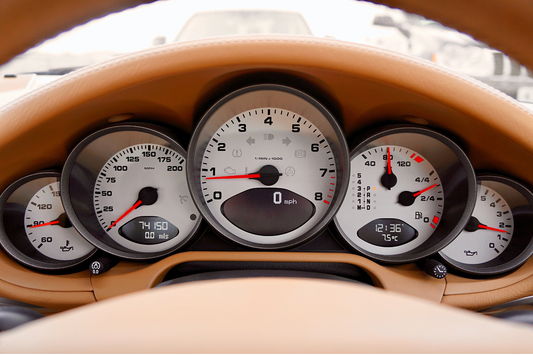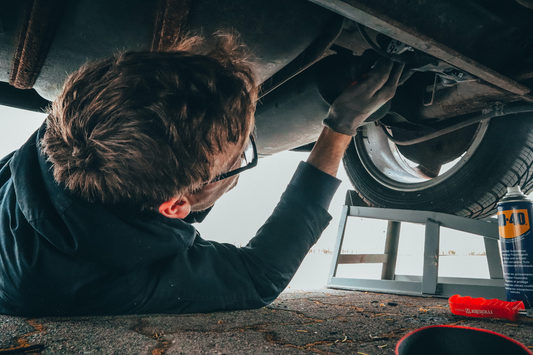Before You Begin
Before attempting to jump start your car, there are a few important things to keep in mind:
Safety First: Park both cars in a safe location, ideally away from traffic. Wear safety glasses and gloves to protect yourself from any potential sparks.
Check Compatibility: Ensure that both cars have the same voltage system (usually 12 volts). Jump-starting a car with a higher voltage system could damage the electrical components.
Gather Equipment: You'll need a set of jumper cables and another vehicle with a charged battery to jump start your car.
Read the Manuals: It's a good idea to consult your car's owner manual for any specific instructions related to jump-starting.
Follow these steps to jump start your car:
Step 1: Position the Vehicles
- Park the running vehicle close to the one with the dead battery, but ensure they are not touching.
- Turn off both cars and engage their parking brakes.
Step 2: Open the Hoods
- Open the hoods of both vehicles.
- Locate the battery terminals. They are usually covered with red (positive) and black (negative) plastic covers, and the terminals are marked with a "+" and "-" symbol.
Step 3: Attach the Jumper Cables
- Start by attaching one red (positive) jumper cable clamp to the positive terminal (+) of the dead battery.
- Attach the other red (positive) clamp to the positive terminal (+) of the functioning battery.
- Attach one black (negative) clamp to the negative terminal (-) of the functioning battery.
NOTE: DO NOT attach the other black (negative) clamp directly to the dead battery's negative terminal. Instead, find an unpainted metal surface in the engine bay of the dead car, like a bolt or bracket. This minimizes the risk of sparks near the battery.
Step 4: Start the Engines
- Start the engine of the working car and let it run for a few minutes.
- Attempt to start the dead car. If it doesn't start, allow the working car to run a bit longer to charge the dead battery.
Step 5: Disconnect the Cables
- Once the dead car starts, let both cars run for a few minutes.
- Start by removing the black (negative) clamp from the unpainted metal surface in the engine bay of the previously dead car.
- Remove the black (negative) clamp from the negative terminal of the working battery.
- Remove the red (positive) clamp from the positive terminal of the working battery.
- Lastly, remove the red (positive) clamp from the positive terminal of the previously dead battery.
Step 6: Let the Engine Run
Allow the car that was jump-started to run for at least 15-20 minutes to ensure the battery gets properly charged. This will help prevent the same issue from happening again soon.
Jump-starting a car is a skill every driver should have in their toolkit. By following these steps carefully and prioritizing safety, you can get back on the road and avoid being stranded due to a dead battery. Remember, if jump-starting your car doesn't work or the issue persists, it's a good idea to have your vehicle inspected by a professional mechanic to identify any underlying problems with the battery or charging system.




